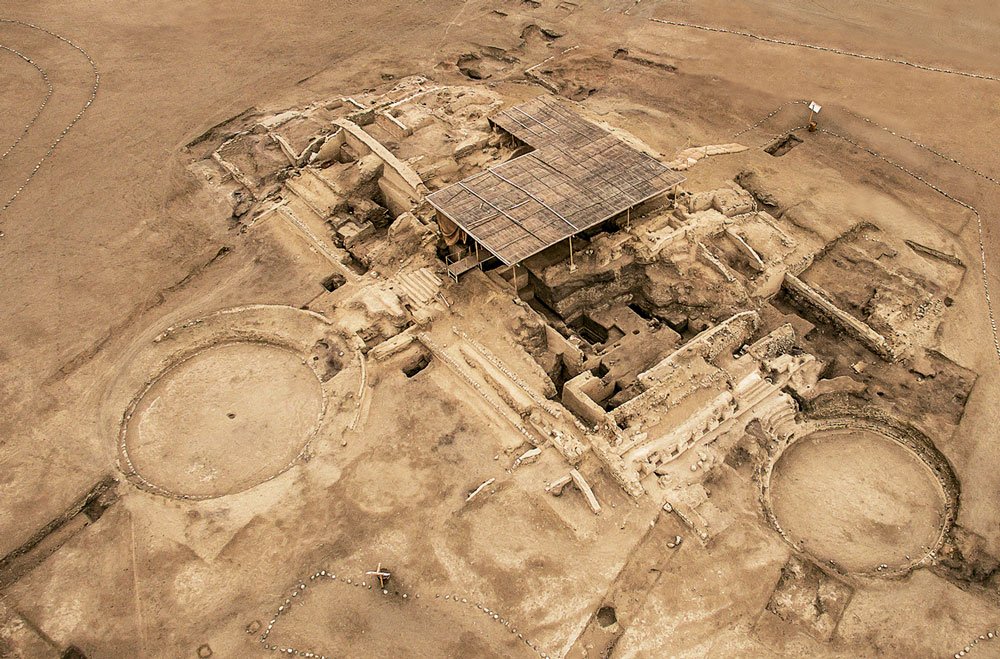The balance between fishing and farming for the development of complex societies in ancient Central Andes is the subject of a long debate. Despite the availability of marine resources in one of the world’s richer marine ecosystems and the extreme aridity of the landscape, current evidence suggests that farming was the prime mover of early Andean civilization. In this study, we employed stable isotope analysis to reconstruct the diets of 38 human individuals from two occupations at Vichama, a coastal settlement with monumental architecture located in the Huaura Valley, Early Formative−1 period (EF-1, 1800–1500 BCE) and the Late Intermediate Period (LIP, 1000–1300 CE). Results show a considerable contribution of C3 cultivated plants and marine protein during EF-1, which indicates the first importance of farming at that time, whereas marine consumption increased during the LIP, a period of higher marine productivity. Our findings shed light on the complex interplay between climate alternances and coastal/inland sites’ hegemony in the Central Andes.


